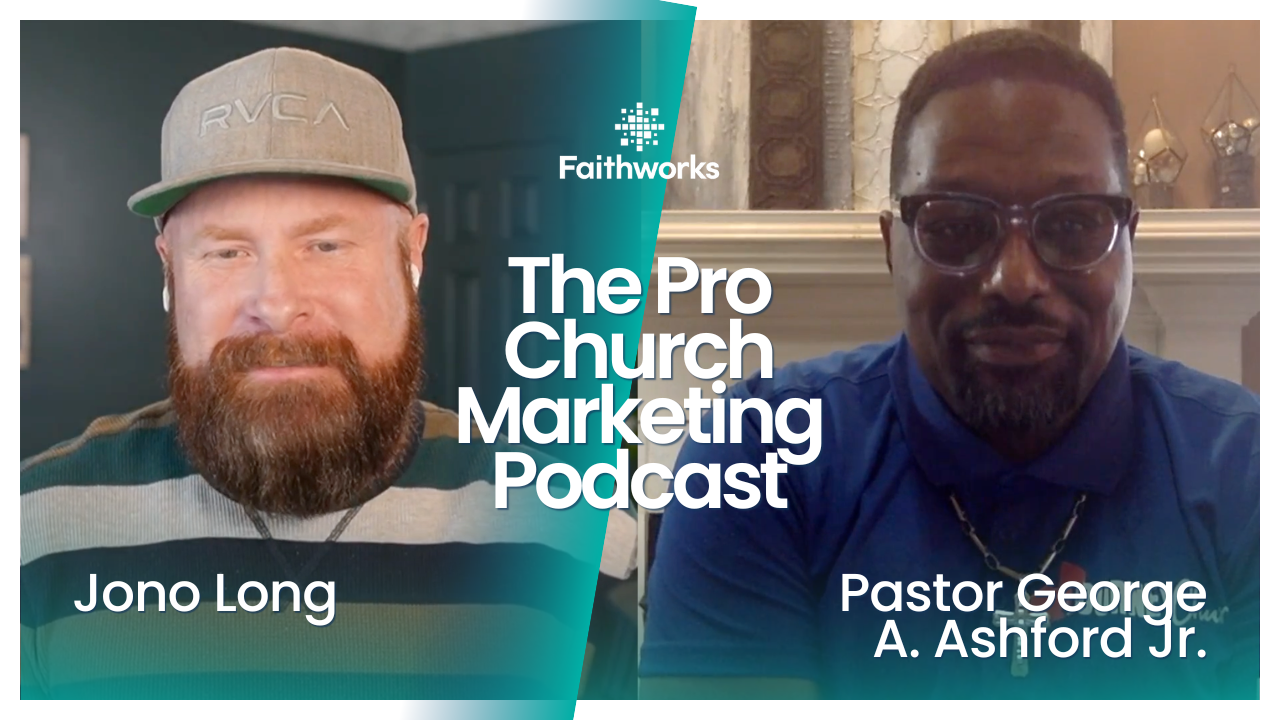SEO Hacks That Help Your Church Reach More People – Part 2
The previous blog post discussed how your church could reach more people using digital marketing tools and strategies. This post will take a closer look at how you can use social media to reach your target audience.
Creating social media accounts, such as Facebook, for your church is a significant first step in getting your congregation online. Still, it is not enough to guarantee that people will find your sermons. You must put some effort into SEO for churches to ensure your church's website appears high in search results.
Mobile Friendly
As the world goes mobile, so must your church's website. Optimizing your site for mobile devices is essential to reach the broadest possible audience.
In 2021, over 56% of global web traffic came through mobile phones. It is a significant increase from previous years, showing that more and more people are using their phones to access the internet. There are several reasons for this trend. First, smartphones are becoming more and more common, and they are becoming more affordable, which means that more have access to the internet through their phones.
Second, people use their phones more often to check the news, social media, and email. It means they use their phones more often to access the internet. Third, the quality of mobile internet connections has gotten much better in recent years. It means people can access the internet on their phones without worrying about slow speeds or poor connections.
Overall, the trend of increasing mobile web traffic is likely to continue in the years to come. So, it is critical to make your website mobile-friendly to make the most out of your investment in SEO for churches.
Research on Your Keyword
Keywords help search engines determine what your website is about and are also a significant factor in helping you rank for specific terms. It is the basis of any good SEO or content marketing campaign. After all, if you do not know what keywords your target audience is searching for, how can you hope to rank in the search engines for those terms?
When it comes to SEO, keyword research is essential. Optimizing your website and content for search engines without target keywords is impossible. Fortunately, there are several free keyword research tools available that can help you get started with brainstorming and building out target keyword lists.
One popular free keyword research tool is Google's Keyword Planner. This tool allows you to enter a keyword or phrase and get data on related keyword searches and suggested bid prices for those keywords.
Another great free keyword research tool is Wordtracker. This tool provides data on the most popular keywords used on search engines and related keywords. Finally, Ubersuggest is a free tool that provides suggested keywords based on a seed keyword you enter. This tool is handy for brainstorming new keyword ideas.
Conclusion
If you want to invest in SEO for churches for your parish, there are a few key things you can do to ensure success. First, be sure to target the right keywords. Second, create high-quality content that's optimized for those keywords. And finally, build links to your content to help it rank higher in search engine results.
As God said, “be fishers of men,” so it is only right to invest in the best
SEO for churches. With the help of Faithworks Marketing, you can bring people closer to God, no matter where they are. So, contact us now for more information!

Latest Posts



© 2025 All Rights Reserved | Faithworks Marketing








